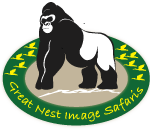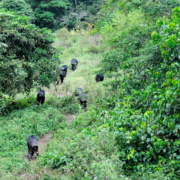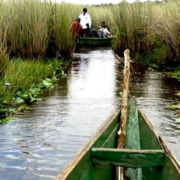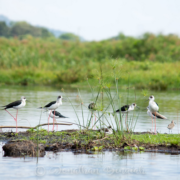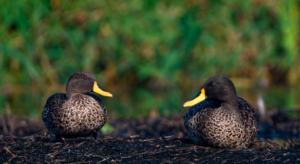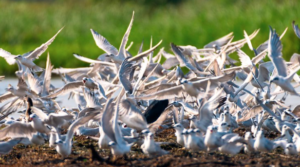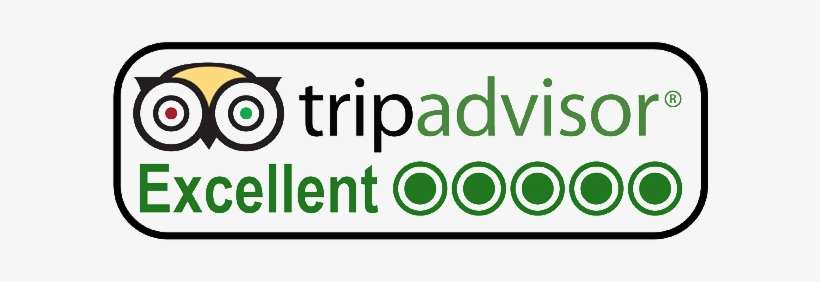Ngamba Island Uganda | The Chimpanzee Sanctuary
/0 Comments/in Blog/by ebbzcarhireNgamba Island Uganda | The chimpanzee sanctuary : is nestled South-East of Entebbe City, near the Equator on Lake Victoria in Uganda. The sanctuary was established in October 1998 to care for both orphaned and rescued chimpanzees all over East Africa. Most of them were rescued by the Uganda Wildlife Authority (UWA) from poachers and they are victims of illegal poaching for pet trade and bush meat.
 Ngamba Island is 100 acres (40 ha) of the rainforest hosting over 49 orphaned chimpanzees surrounded by the peaceful waters of Lake Victoria. The Island also offers an excellent secondary forest that provides habitat for the chimpanzees and other wildlife species. These include; fish eagles, spiders, otters, fruit bats, monitor lizards, not to mention but a few. The Island harbors a wide variety of natural wildlife and provides a diversity of natural foods for the chimpanzees.
Ngamba Island is 100 acres (40 ha) of the rainforest hosting over 49 orphaned chimpanzees surrounded by the peaceful waters of Lake Victoria. The Island also offers an excellent secondary forest that provides habitat for the chimpanzees and other wildlife species. These include; fish eagles, spiders, otters, fruit bats, monitor lizards, not to mention but a few. The Island harbors a wide variety of natural wildlife and provides a diversity of natural foods for the chimpanzees.
What to do at the Island
Guided forest walk
Overnight visitors at Ngamba island chimpanzee sanctuary can participate in guided forest walks. Here, being part of the team involves going out with the chimpanzee infants. You give them support through holding them as they get introduced to the older individuals. They are also shown different parts of the forest thereby showing them that it is a safe and better place for them live. While here, you will be in the company of several chimpanzees ranging from 5-9 years.
Swimming
You will have a chance to swim before continuing to the mainland. If interested in swimming, the Equator is the right point and you will be allowed a couple of minutes to enjoy the waters before proceeding with the journey.
Sunset Cruises
This Island also offers exclusive sunset cruises for basically overnight guests. You will enjoy the unique view of fishermen casting their nets. You will wind down the day along with views of the beautiful sceneries of the sunset. The thrill comes from knowing that you are crossing the globe from the northern to southern hemisphere as you sip away on cold drinks in a stable of natural bliss.
Fishing
The Island offers either half or full day fishing excursions on Lake Victoria with UK certified fishing guides. If you love fish, then you won’t want to miss the opportunity to catch a Nile Perch on this iconic Lake.
Equator Experience
You will have a stopover at the Uganda- Equator to observe your boat being thrust by forces. This is both on the North Pole and South Pole, Making it almost stationary in one place.
Day care Giver
 Here, you will get an exciting opportunity to not only view the chimpanzees feeding but to also participate in preparing their food and feeding them. You will also have a chance to assist the staff with any activities happening at the sanctuary. These include; preparing the holding areas for the chimpanzees, administrative work, medical checkups and over all monitoring of individual chimpanzees. This experience helps to raise funds for the sanctuary and your donation goes directly to the feeding of the chimpanzees living at the sanctuary.
Here, you will get an exciting opportunity to not only view the chimpanzees feeding but to also participate in preparing their food and feeding them. You will also have a chance to assist the staff with any activities happening at the sanctuary. These include; preparing the holding areas for the chimpanzees, administrative work, medical checkups and over all monitoring of individual chimpanzees. This experience helps to raise funds for the sanctuary and your donation goes directly to the feeding of the chimpanzees living at the sanctuary.
Volunteering programs
This place holds out volunteering programs to make a difference in the lives of the chimpanzees through volunteering in a variety of tasks like. Some of these include; preparing their food, feeding them, community work, behavior observation, cleaning and record keeping. Volunteering programs include;
- Behavioral Observation: Volunteers will work alongside caregivers at the sanctuary, studying chimpanzee social dynamics around distribution and collecting data.
- Behavioral Enrichment: Volunteers will be involved in creating permanent or temporary behavioral enrichment structures. They will as well as organize temporary challenges in order to further the behavioral enrichment of the chimpanzees.
- Infrastructure improvements: Volunteers will help with whatever current enrichment projects are taking place during their placement. They may include; building picnic sites and shaded viewing shelters or putting up information boards to educate visitors.
- Daily Caregiver Schedule: preparation of chimp foods, clean chimp holding facility, recording chimp data and health monitoring.
Viewing time
- Morning viewing between 9.00am- 1.00pm
- Afternoon viewing 12.45pm- 5.00pm
How to get to Ngamba Island
Using a speedboat travel from the dock in Entebbe to the Island is approximately 45-50 minutes. On the other hand, a traditional motorized canoe the commonest and cheapest takes nearly 90 minutes.
